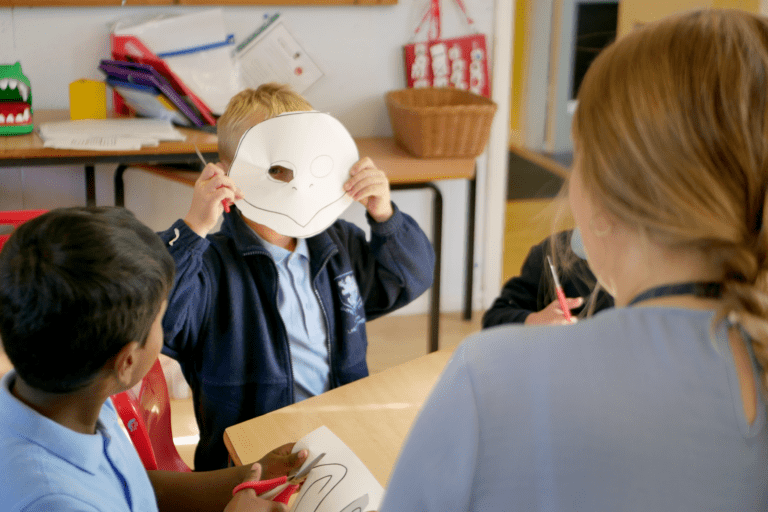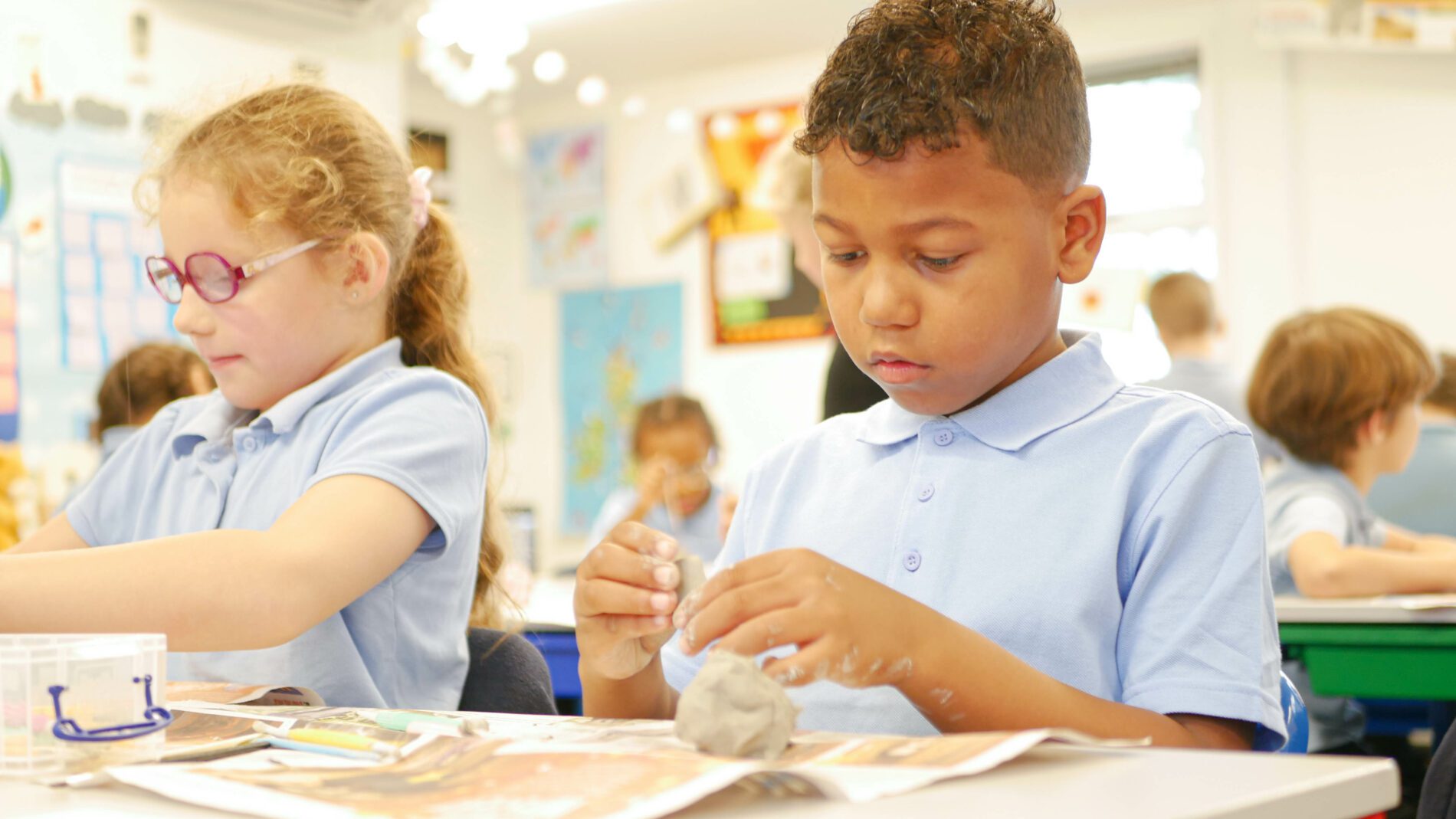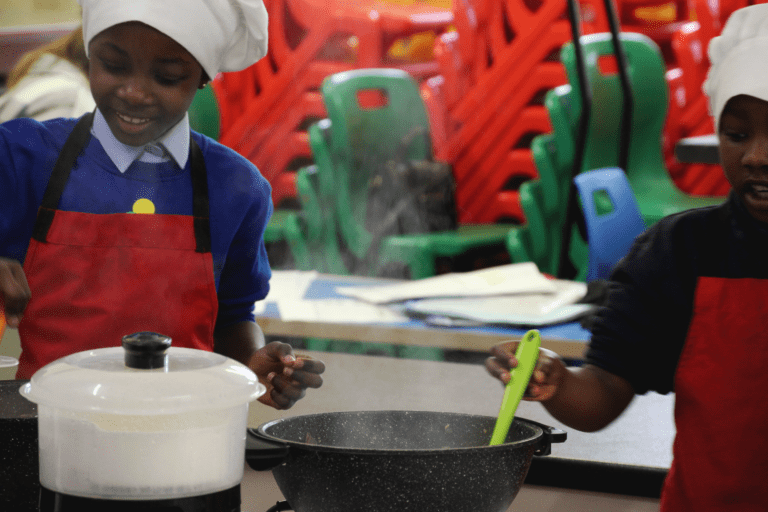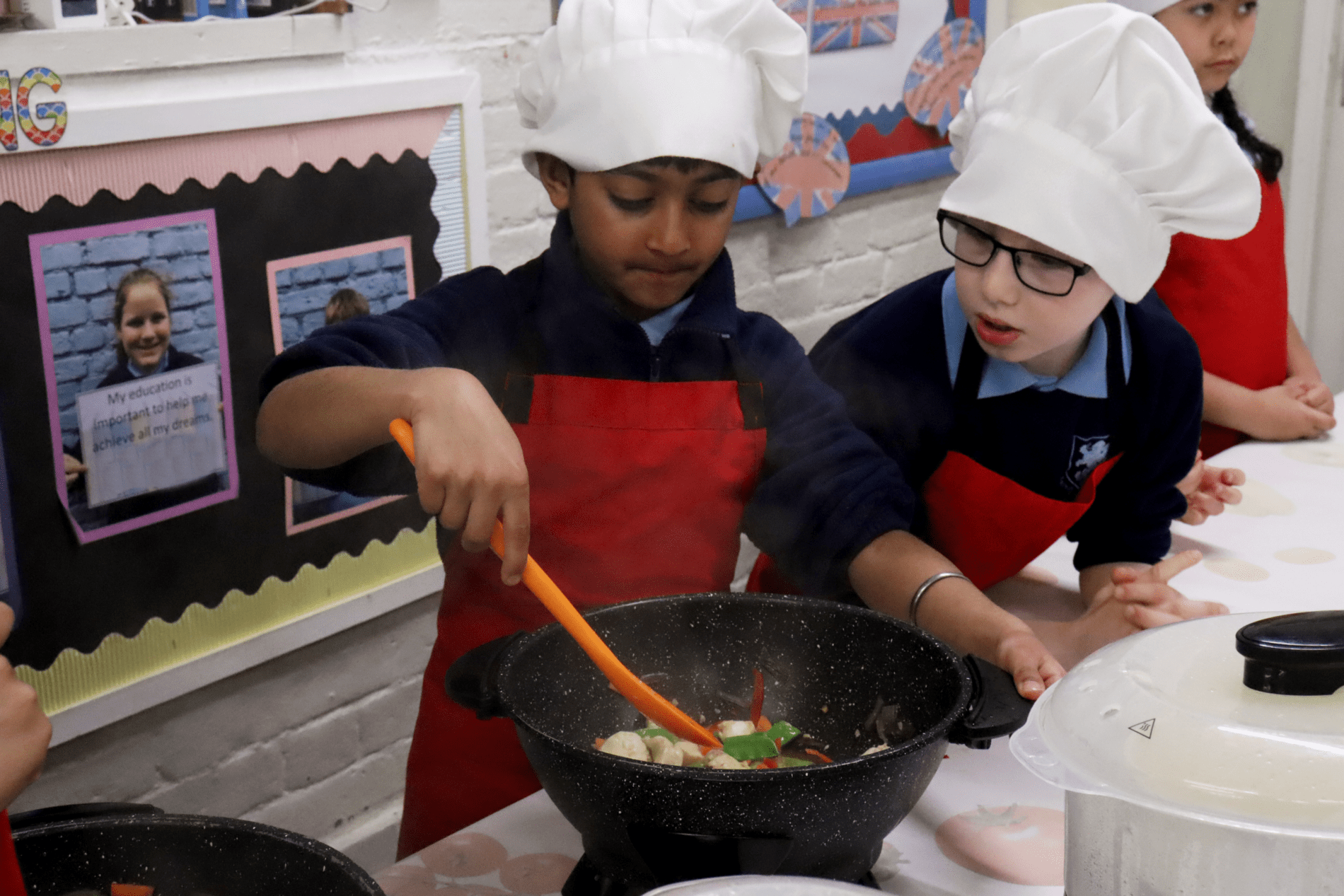Design and Technology Subject Leader: Mrs S Burrha
Design and technology are inspiring and practical subjects.
Intent
The national curriculum for design and technology aims to ensure that all pupils:
- develop the creative, technical and practical expertise needed to perform everyday tasks confidently and to participate successfully in an increasingly technological world
- build and apply a repertoire of knowledge, understanding and skills in order to design and make high-quality prototypes and products for a wide range of users
- critique, evaluate and test their ideas and products and the work of others
- understand and apply the principles of nutrition and learn how to cook.


Implementation
At Rosherville pupils will have the opportunity to use their creativity and imagination to design and make products that solve real and relevant problems within a variety of contexts, considering their own and others’ needs, wants and values. Throughout their time at the school, they will acquire a broad range of subject knowledge and draw on disciplines such as mathematics, science, engineering, computing and art.
Impact
Pupils will learn how to take risks, becoming resourceful, innovative, enterprising and capable citizens. Through the evaluation of past and present design and technology, they will develop a critical understanding of the impact Design and Technology can have on daily life and the wider world. High-quality design and technology education makes an essential contribution to the creativity, culture, wealth and well-being of the nation. Our pupils take pride in their work and enjoy talking about what they have created.

Design and Technology in Each Stage
At Rosherville, Key stage 1 pupils will learn through a variety of creative and practical activities, working collaboratively and independently, and will develop the knowledge, understanding and skills needed to engage in the process of designing and making. They will have opportunities to work in a range of relevant contexts [for example, the home and school, gardens and playgrounds, the local community, industry and the wider environment]. When designing and making, pupils will be taught to:
- design purposeful, functional, appealing products for themselves and other users based on design criteria
- generate, develop, model and communicate their ideas through talking, drawing, templates, mock-ups and, where appropriate, information and communication technology
- select from and use a range of tools and equipment to perform practical tasks [for example, cutting, shaping, joining and finishing]
- select from and use a wide range of materials and components, including construction materials, textiles and ingredients, according to their characteristics
- explore and evaluate a range of existing products
- evaluate their ideas and products against design criteria Technical knowledge
- build structures, exploring how they can be made stronger, stiffer, and more stable
- explore and use mechanisms [for example, levers, sliders, wheels, and axles], in their products

At Key stage 2 pupils will continue to build on their prior learning and participate in a range of activities, helping them to develop their knowledge and understanding so that they can:
- use research and develop design criteria to inform the design of innovative, functional, appealing products that are fit for purpose, aimed at particular individuals or groups
- generate, develop, model, and communicate their ideas through discussion, annotated sketches, cross-sectional and exploded diagrams, prototypes, pattern pieces and computer-aided design
- select from and use a wider range of tools and equipment to perform practical tasks [for example, cutting, shaping, joining and finishing], accurately
- select from and use a wider range of materials and components, including construction materials, textiles and ingredients, according to their functional properties and aesthetic qualities
- investigate and analyse a range of existing products
- evaluate their ideas and products against their own design criteria and consider the views of others to improve their work
- understand how key events and individuals in design and technology have helped shape the world Technical knowledge
- apply their understanding of how to strengthen, stiffen and reinforce more complex structures
- understand and use mechanical systems in their products [for example, gears, pulleys, cams, levers, and linkages]
- understand and use electrical systems in their products [for example, series circuits incorporating switches, bulbs, buzzers, and motors]
- apply their understanding of computing to program, monitor, and control their products

Design and Technology Progression
We develop our pupil’s Design and Technology understanding through essential skills; growing their depth of knowledge year after year.
SEND Information
Our SEND and disadvantaged pupils are given the necessary support in class to fully access the supported DT curriculum. Learning is adapted where necessary to support SEND/EAL pupils to give equal opportunities for all to be confident in approaching any problems faced. Interventions, support and challenges are constantly revised and adapted to ensure all children are supported in achieving learning. The above areas are robustly and continuously monitored to ensure any gaps in learning are addressed.

